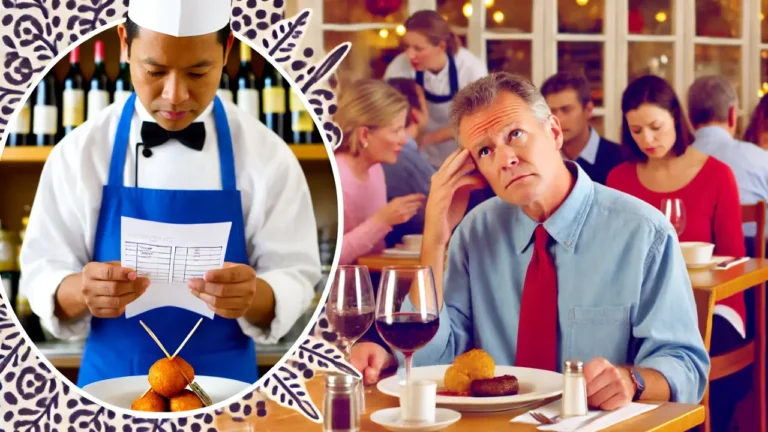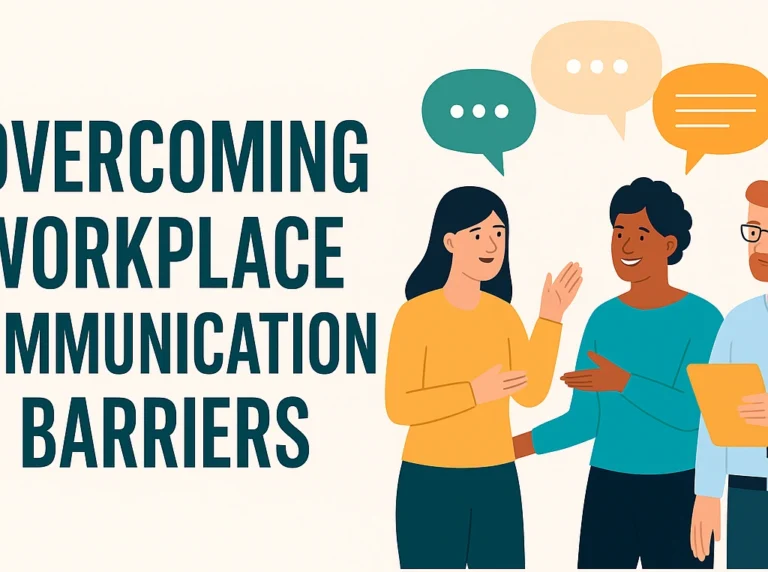Communication Barriers in Customer Service
Poor communication in customer service leads to misunderstandings that can frustrate both customers and staff. This often results in lost business, reduced customer loyalty, and damaged brand reputation. The ripple effect can be significant, with one poor interaction potentially influencing countless others through negative reviews and word-of-mouth.
I’ve seen firsthand how these barriers can derail otherwise smooth interactions. When customers feel unheard or misunderstood, their satisfaction plummets and loyalty takes a hit. By identifying and addressing these communication hurdles, we can create a more seamless and positive experience for everyone involved.
How does communication affect customer service?
Effective communication forms the backbone of exceptional customer service. It creates positive interactions, which enhance customer satisfaction and foster loyalty. Customers expect clarity when they reach out for support. Clear, concise communication ensures that their needs are understood and addressed promptly.
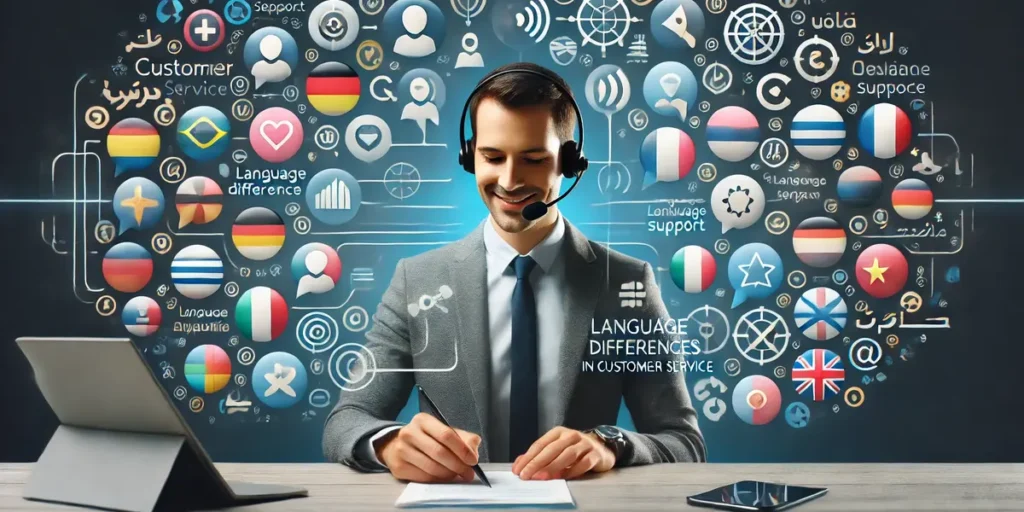
Misunderstandings can result from poor communication, leading to frustration and dissatisfaction. For example, ambiguous responses or jargon-filled explanations can confuse customers. Clear communication avoids these issues, ensuring resolutions are easily understood.
Customer service professionals benefit from active listening skills. By attentively listening to customer concerns, they can provide tailored solutions. This level of engagement shows customers that their issues matter, increasing trust and satisfaction.
Positive communication also extends to non-verbal cues. The tone of voice, body language, and facial expressions significantly impact interactions. A friendly tone and open body language can make customers feel valued, even over phone calls or video chats.
Timely communication is crucial. Customers appreciate quick responses, which demonstrate that their time is valued. Delays can lead to frustration, while prompt communication establishes reliability and efficiency.
Training in effective communication strategies enhances customer service. By improving language skills, cultural awareness, and emotional intelligence, representatives better understand and serve diverse customer needs. Investing in these areas ensures ongoing improvement in customer interactions.
5 Common Barriers to Customer Service
Language Differences
Language differences often impede communication in customer service. Misunderstandings and misinterpretations can arise when customers and service representatives don’t share the same language. Providing multilingual support or translation services helps bridge this gap. Staff must have access to language resources to ensure clear and effective communication.
Cultural Norms
Cultural norms can create barriers when they clash with service procedures or expectations. Different cultures may have unique ways of expressing dissatisfaction or asking questions. Training staff on cultural awareness can mitigate these issues. For instance, recognizing that some cultures value indirect communication can guide representatives on how to respond appropriately.
Technological Issues
Technological issues can disrupt customer service interactions. Poor internet connectivity, outdated software, or incompatible systems can frustrate customers. Ensuring that technology is up-to-date and accessible is essential. Regular maintenance and upgrades can prevent service interruptions and enhance the customer experience.
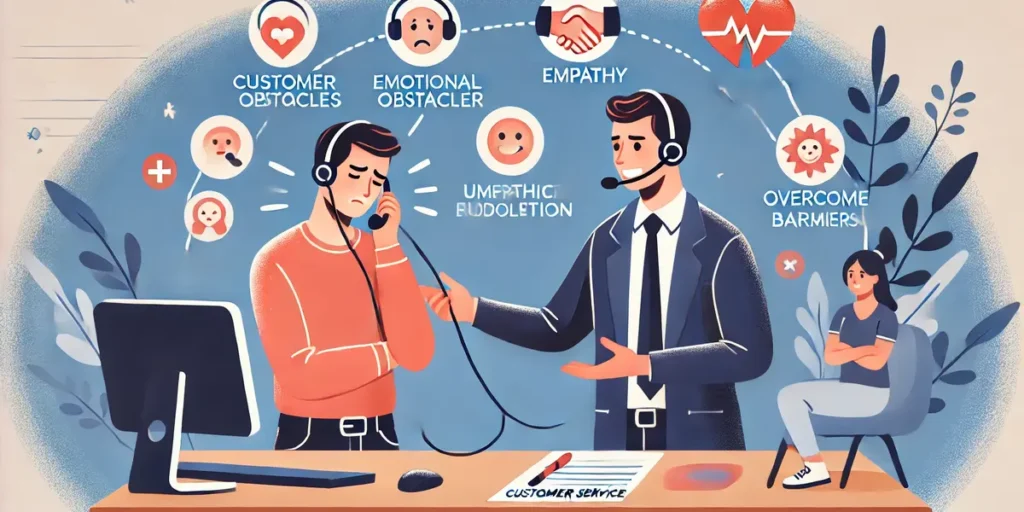
Emotional Obstacles
Emotional obstacles, such as frustration or anger, can hinder effective communication. Customers may find it hard to express their needs clearly when they’re upset. Training customer service representatives in empathy and conflict resolution help address this barrier. Techniques like active listening and calm responses aid in de-escalating tense situations.
Knowledge Gaps
Knowledge gaps occur when representatives lack sufficient information to assist customers. This can lead to poor service quality and customer dissatisfaction. Comprehensive training and easy access to information databases equip staff to handle inquiries efficiently. Continuous learning and updates are crucial in maintaining a knowledgeable team.
How do you overcome Communication Barriers with Customers?
Effective communication is paramount to excellent customer service. Addressing common barriers ensures customers feel heard and valued.
Multilingual Support
Offering support in multiple languages helps bridge language gaps. By hiring multilingual staff or using translation services, companies can cater to a diverse customer base.
Cultural Awareness Training
Training staff in cultural awareness improves interactions. Understanding cultural differences and communication styles makes customer service more effective. Implementing workshops and training sessions keeps the team informed.
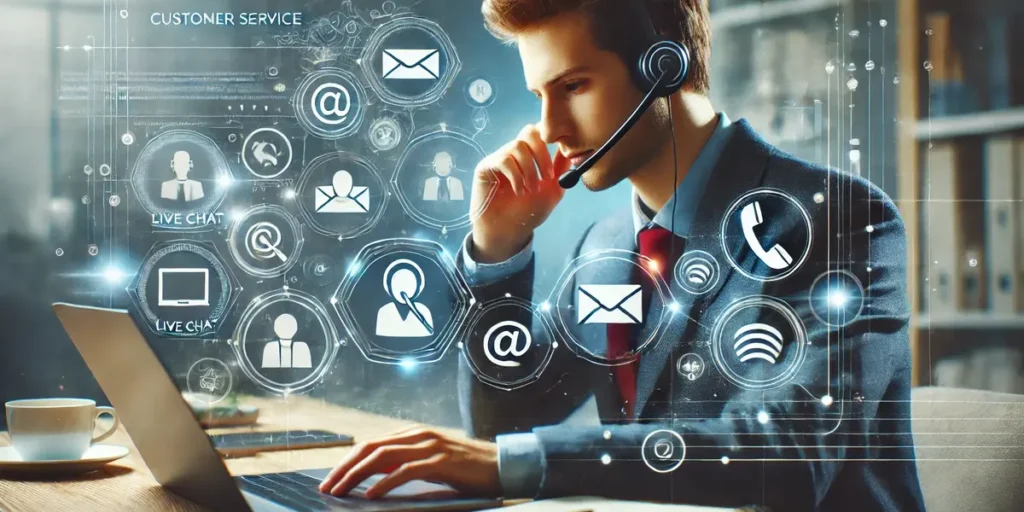
Technology Maintenance
Maintaining and upgrading technology improves communication. Reliable communication tools like live chats, emails, and phones facilitate smoother interactions. It’s crucial to regularly update and test these tools to avoid disruptions.
Empathy Training
Empathy plays a key role in overcoming emotional barriers. Training staff to understand and respond to customer emotions can result in more positive interactions. Role-playing exercises and feedback sessions enhance empathy skills.
Continuous Learning
Encouraging continuous learning among staff addresses knowledge gaps. Regular training updates ensure the team stays informed about products, services, and policies. Knowledgeable staff make communication more effective.
Clear and Concise Communication
Using clear and concise language prevents misunderstandings. Avoid jargon, and be precise in explanations and instructions.
Active Listening
Active listening shows customers they’re valued. By fully focusing, understanding, and responding appropriately, I ensure the customer feels heard. This reduces frustration and builds trust.
Non-Verbal Cues
Non-verbal cues like body language and facial expressions matter. Smiling, nodding, and maintaining eye contact show attentiveness and willingness to help. Even in virtual interactions, tone, and response speed convey attentiveness.
Timely Responses
Responding promptly to customer inquiries shows reliability. Be it through email, chat, or phone, timely responses prevent dissatisfaction and build trust.
Communication Skills Training
Offering regular communication skills training to staff enhances service quality. Topics like de-escalation techniques, assertiveness, and clarity ensure the team communicates effectively.
By implementing these strategies, customer service teams can effectively overcome communication barriers, fostering better customer relationships and enhancing satisfaction.
Conclusion
Effective communication is the backbone of exceptional customer service. By proactively addressing barriers like language differences, cultural norms, and technological issues, we can significantly improve customer satisfaction and loyalty. It’s essential to invest in multilingual support, cultural awareness training, and continuous learning to stay ahead.
Empathy and clear communication go a long way in building trust with customers. Active listening and timely responses are crucial in ensuring customers feel valued and heard. By recognizing and adapting to diverse customer needs, we can create a more inclusive and satisfying customer experience.
Ultimately, overcoming communication barriers requires a commitment to ongoing improvement and adaptation. With the right strategies and training in place, we can elevate our customer service and foster long-term loyalty.
How can language differences impact customer service interactions?
A: Language differences can significantly hinder customer service by causing misinterpretations, increasing frustration as both parties struggle to convey or understand information, reducing the efficiency of the interaction due to the need for clarifications, and potentially leading to a loss of trust if customers feel misunderstood.
Q3: What role do emotions play in creating communication barriers?
A: Emotions play a critical role in communication barriers by potentially clouding judgment, leading to miscommunication. Customers might be too upset to express themselves clearly, and service agents might react defensively or dismissively, amplifying the issue. Emotional contagion can also occur, where the emotional state of one person affects the other, often making the situation worse.
Q4: How can cultural differences affect customer service?
A: Cultural differences can lead to misunderstandings in customer service due to varying interpretations of behaviors or statements, different expectations regarding interaction styles, and the potential for offense if cultural nuances are not respected or understood, affecting everything from the tone of service to the resolution of customer issues.
Q5: What are some effective strategies to overcome these communication barriers in customer service?
A: To overcome communication barriers, customer service can implement cultural sensitivity training, use clear and simple language avoiding jargon, practice active listening to ensure understanding, leverage technology for translation or better audio quality, gather feedback for ongoing improvement, and develop emotional intelligence among staff to manage and respond to emotional customer interactions more effectively.



